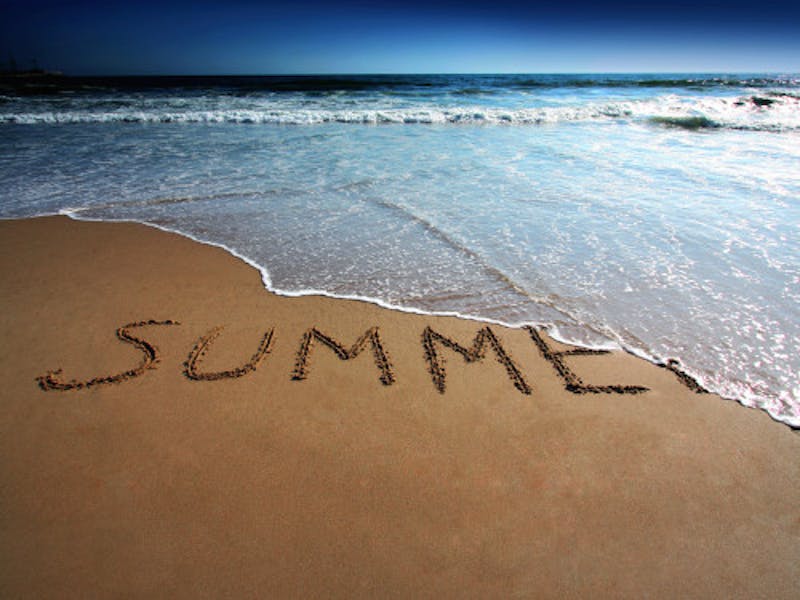
Even though the summer months are coming to a close, sunscreen should still be on hand every day of the year. While many won’t be headed to the beach or poolside like they did during the lazy days of summer, the fact of the matter is when one is outdoors, sunscreen must still be utilized. And this includes overcast days.
Cloudy days can certainly mislead people into thinking that sunscreen isn’t necessary. And that couldn’t be further from the truth.
According to the American Academy of Dermatologists, nearly 80 percent of UV rays will penetrate through the clouds. The two types of UV rays which cause damage to the skin are UVA and UVB.
UVA rays pierce through glass and clouds and are the culprit of negatively impacting the dermis portion of the skin. Without solar protection, premature skin aging such as fine lines, wrinkles, and sunspots will appear. Too much UVA exposure has also been known to compromise the immune system.
On the other hand, UVB rays cause immediate damage to the skin on its superficial layers and has a direct influence in developing skin cancer.
While sunscreen messages continue to swirl in the media, new cases of skin cancer still emerge. Ways to connect people and the sunscreen message is a continual goal. With this in mind, a research team hailing from the University of Surrey had an idea they pursued.
“They examined the way sun-safe messages are conveyed to young women to see what, if anything, might change their sun-worshipping ways. They found that if women could literally see the damage the sun does to their skin via technology that ages them — that’s what has the most impact,” reported Carleen Wild of LifeZette.
When the results of the study were revealed, Dr. Fosko of the Mayo Clinic in Florida, who serves as the chair of the dermatology department, shared his viewpoint. He’s clearly saying, “…a picture is worth a thousand words.”
He went on to share that when younger people are delivered a message that is punctuated with personalized relevancy, the impact is greater.
Wild reported, “Researchers found that after seeing their own face prematurely sun-aged through the use of technology, young women took two times the number of free sunscreen samples and three times the number of skin cancer leaflets, compared to those women who had read text information about sun damage. They also showed a 30-percent lower belief in the skin’s ability to heal.”
While this study was published in Cogent Psychology, it affords those in the medical profession another level of education in conveying the sunscreen message to their patients – an absolutely invaluable piece of information that will help promote skin care health.

